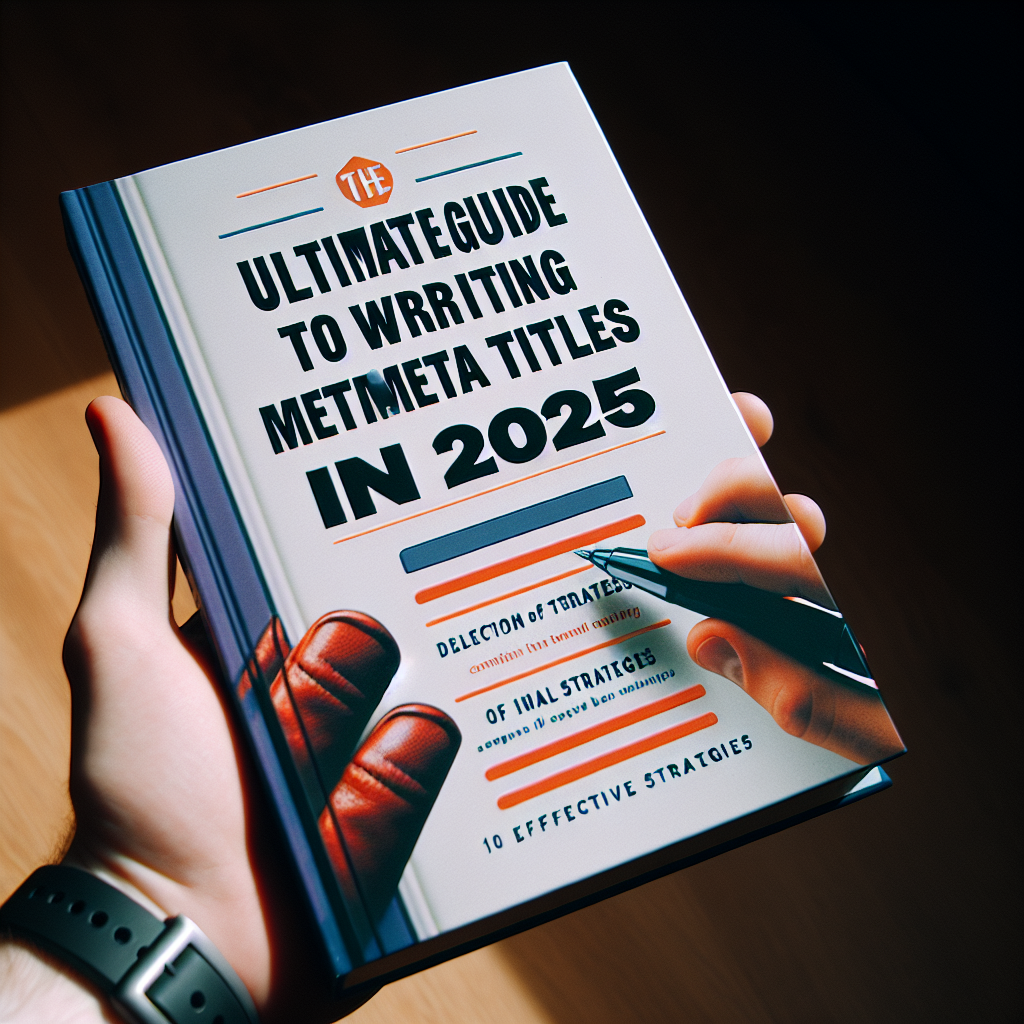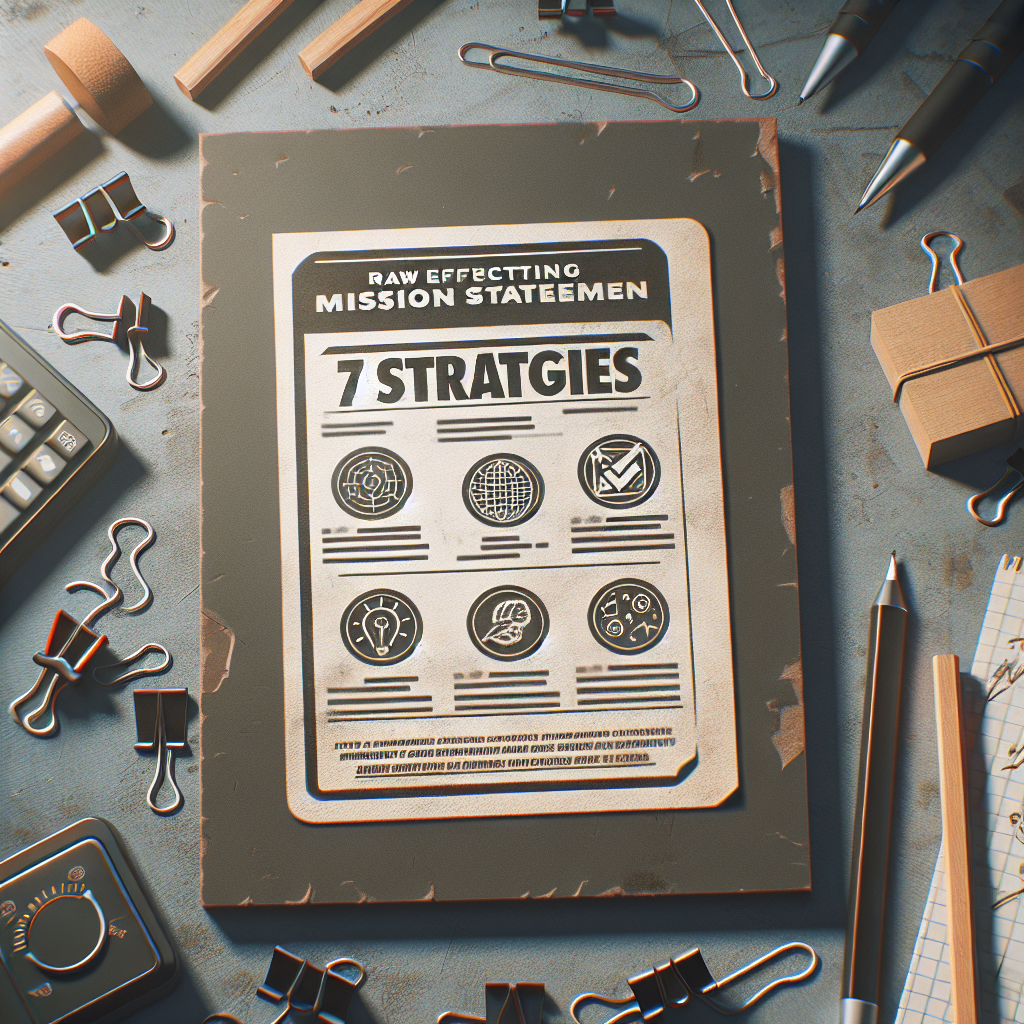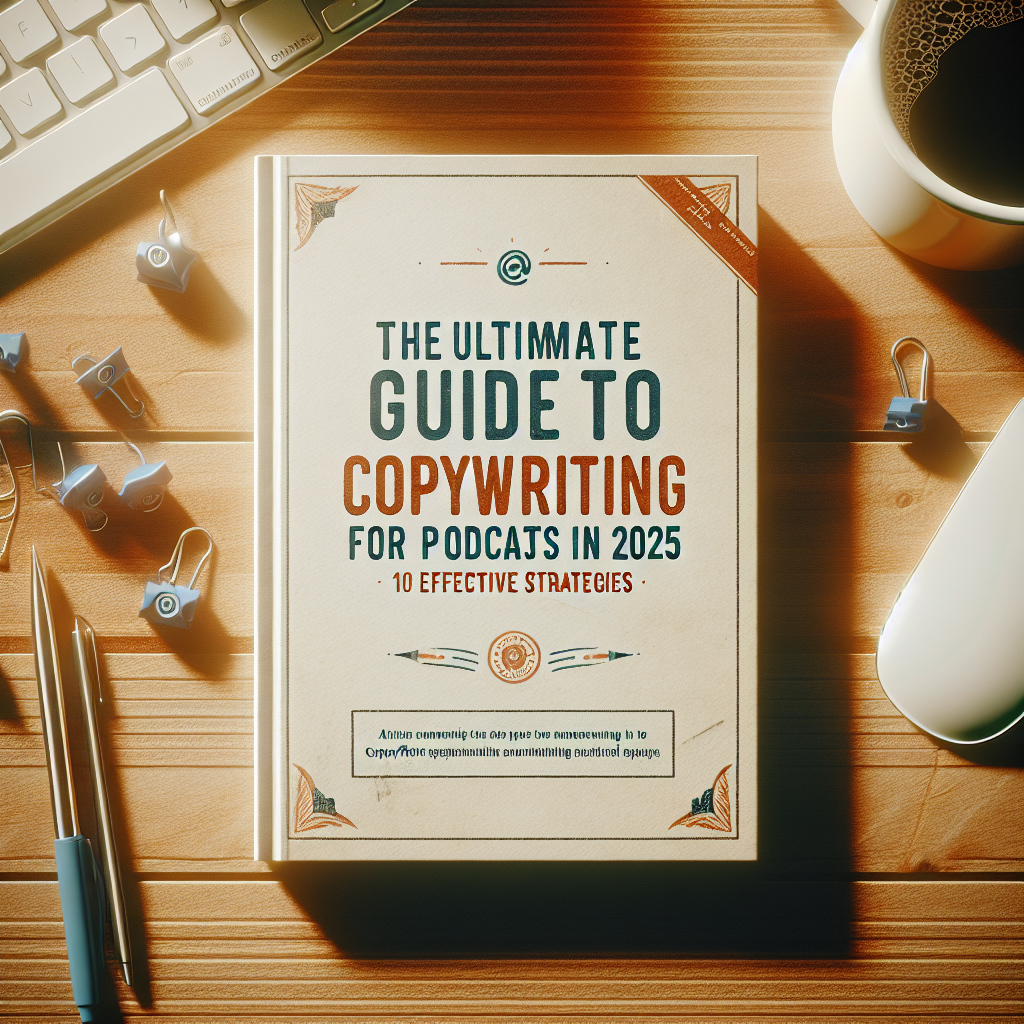
When it comes to effective copywriting in 2025, understanding the common pitfalls is crucial for success. In this comprehensive guide, I will highlight the top 10 copywriting mistakes to avoid so you can craft compelling, engaging, and high-converting content. Using the keyword phrase 'copywriting mistakes to avoid,' I’ll share practical tips, real-world examples, and strategies to ensure your writing stands out from the competition.
1. Ignoring Audience Research
Understanding Your Target Audience
One of the most critical copywriting mistakes to avoid is neglecting thorough audience research. In 2025, consumers are more discerning than ever, expecting messages that resonate with their needs and values. Skipping this step can lead to generic copy that fails to generate engagement or conversions. Always start by identifying your ideal customer profiles, their pain points, and what motivates them to act.
Effective audience research allows you to tailor your language, tone, and offers to meet their specific needs. For example, a fitness brand targeting busy professionals will craft different messages than one appealing to college students. Investing time in understanding your audience leads to more relevant copy, increasing your chances of success.
Practical tip: Use surveys, social media insights, and analytics tools to gather data about your audience. This step is fundamental in avoiding the mistake of creating one-size-fits-all copy, which rarely performs well.
2. Overloading with Jargon
The Dangers of Technical Language
Overusing industry jargon is another common copywriting mistake to avoid in 2025. While technical terms might seem impressive, they can alienate or confuse your audience if not used carefully. Remember, your goal is to communicate clearly, not to demonstrate expertise at the expense of clarity.
For instance, replacing complex terminology with simple, relatable language makes your copy accessible to a broader audience. Instead of saying, "Our SaaS platform provides scalable API integrations," consider framing it as, "Our software easily connects with your existing tools to grow with your business."
Research shows that clear and straightforward copy improves readability and boosts conversion rates by up to 30%. Always prioritize simplicity and clarity to avoid this mistake.
3. Poor Headline Crafting
The Power of a Strong Headline
A headline is your first and often only chance to grab a reader’s attention. Failing to craft compelling headlines is a frequent mistake that can cost you valuable engagement. In 2025, headlines that promise clear benefits and evoke curiosity tend to perform best.
Use numbers, power words, and emotional triggers to make your headlines irresistible. For example, "10 Easy Ways to Boost Your Business Today" promises value and encourages clicks. Testing different headlines through A/B split testing can help you identify what resonates most with your audience.
Remember, a well-crafted headline should set accurate expectations and compel the reader to continue reading your content. This small but crucial step can dramatically increase your content’s success rate.
4. Weak Call-to-Actions
Creating Actionable Next Steps
Failing to include a clear and compelling call-to-action (CTA) is a major copywriting mistake to avoid. Your CTA guides your audience toward the desired action, whether it’s making a purchase, signing up for a newsletter, or downloading a resource. In 2025, CTAs should be concise, benefit-driven, and easy to follow.
Instead of generic phrases like "Submit" or "Learn More," use specific commands such as "Download Your Free Guide Now" or "Get Started Today." Incorporate urgency or exclusivity when appropriate to increase conversions.
Pro tip: Place your CTA prominently on your page or at the end of your content so readers know exactly what step to take next. This strategic placement is vital in avoiding weak or ineffective CTAs.
5. Neglecting SEO Best Practices
Balancing Quality Content with Optimization
In 2025, neglecting SEO remains one of the copywriting mistakes to avoid. Search engine algorithms have become sophisticated, rewarding high-quality, keyword-optimized content that provides real value. Failing to incorporate SEO best practices can limit your content’s visibility and reach.
Use your target keyword phrase 'copywriting mistakes to avoid' naturally within your content, especially in headings and first paragraphs. Conduct keyword research to find related terms and include them strategically for a well-rounded SEO approach.
Additionally, optimize meta titles, descriptions, and image alt texts to enhance discoverability. Balancing SEO with engaging, human-friendly copy is the key to standing out in 2025.

6. Lack of Clear Structure
Organizing Content for Readability
A scattered or poorly organized message is a common copywriting mistake to avoid. Readers in 2025 expect content that is easy to scan and understand. Using headings, bullet points, and short paragraphs enhances clarity and retention.
Start with a strong introduction, followed by logically ordered points that support your main message. Conclude with a summary or a compelling CTA. This structure helps guide your reader seamlessly through your content.
Practical tip: Use visual cues like numbered lists or bold text to emphasize key points, making your copy more digestible and engaging.
7. Failing to Establish Trust
Building Credibility with Your Audience
Trust is the foundation of any successful copy. In 2025, consumers are increasingly skeptical due to misinformation and overload of content. Failing to establish credibility is a significant mistake to avoid.
Include testimonials, case studies, and credible data points to reinforce your authority. Transparency about pricing, features, and benefits also helps foster trust.
Remember, honest and authentic messaging resonates more strongly than exaggerated claims. Building trust leads to higher engagement and loyalty over time.
8. Ignoring Mobile Optimization
The Importance of Responsive Copy
With over 60% of web traffic in 2025 coming from mobile devices, ignoring mobile optimization is a critical mistake to avoid. Your copy should be easy to read on all screen sizes without sacrificing quality or clarity.
Use concise sentences, larger fonts, and appropriately-sized CTAs to enhance user experience. Test your content on various devices to identify and fix any issues.
Optimizing for mobile not only improves user satisfaction but also boosts your search engine rankings, contributing to your overall content success.
9. Not Testing and Revising
The Value of Continuous Improvement
A common mistake to avoid is assuming your first draft is perfect. Effective copywriting in 2025 requires ongoing testing and revision to maximize results. A/B testing headlines, CTAs, and layouts can reveal what works best for your audience.
Analyzing performance data helps you understand which elements drive engagement and conversions. Regularly revising your copy based on these insights keeps your content fresh and effective.
Remember, successful copy is rarely created overnight. Embrace a mindset of continuous improvement to stay ahead in the competitive digital landscape.
10. Copying Others' Work
The Risks of Plagiarism and Lack of Originality
Copying others' work, whether intentionally or accidentally, is a major copywriting mistake to avoid. Your originality and unique voice set you apart in 2025’s crowded market. Plagiarism not only damages your credibility but can also lead to legal consequences.
Instead, focus on developing original ideas and perspectives that reflect your brand’s personality. Study competitors for inspiration but always add your unique value.
Authentic, original content builds trust and authority, helping you establish a loyal audience over time.
Conclusion
Understanding and avoiding these top 10 copywriting mistakes to avoid in 2025 is vital for anyone serious about creating compelling content. The phrase 'copywriting mistakes to avoid' isn't just a keyword—it's a reminder to stay disciplined, strategic, and attentive to your audience’s needs. When you implement these best practices, your writing will become more effective, engaging, and ultimately profitable. Remember, the key to successful copywriting in 2025 is to continuously learn, test, and refine your approach—you'll stand out by avoiding these common pitfalls and delivering real value to your readers.
Frequently Asked Questions
- What are some common copywriting mistakes to avoid in 2025?
- Some of the most common mistakes include ignoring audience research, overusing jargon, weak headlines, ineffective CTAs, neglecting SEO, poor content structure, failing to establish trust, ignoring mobile optimization, not testing and revising, and copying others' work.
- How can I improve my copywriting skills in 2025?
- Focus on understanding your audience, practicing clarity and simplicity, optimizing for SEO, testing different approaches, and maintaining originality. Continuous learning and application of best practices are essential.
- Why is audience research important for effective copywriting?
- Audience research helps you understand what your readers need and value, enabling you to craft personalized messages that resonate. Skipping this step often results in ineffective, generic copy.
- What role does SEO play in avoiding copywriting mistakes?
- SEO ensures your content is discoverable by search engines and visible to your target audience. Proper keyword usage, structure, and optimization are key to avoiding the mistake of neglecting SEO best practices.
- How do I avoid copying others’ work?
- Develop your own voice and ideas, use references for inspiration rather than replication, and always credit sources when necessary. Originality is critical for building trust and authority.

https://linkupsocialmedia.com/copywriting-mistakes-to-avoid-3/?fsp_sid=4348






